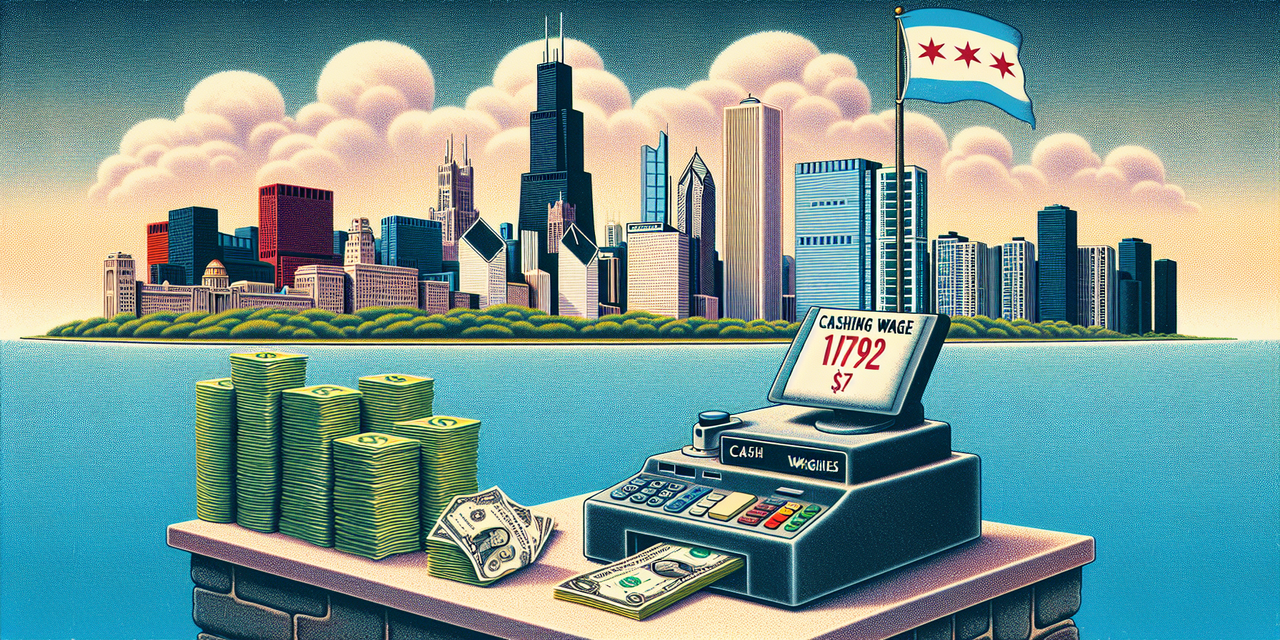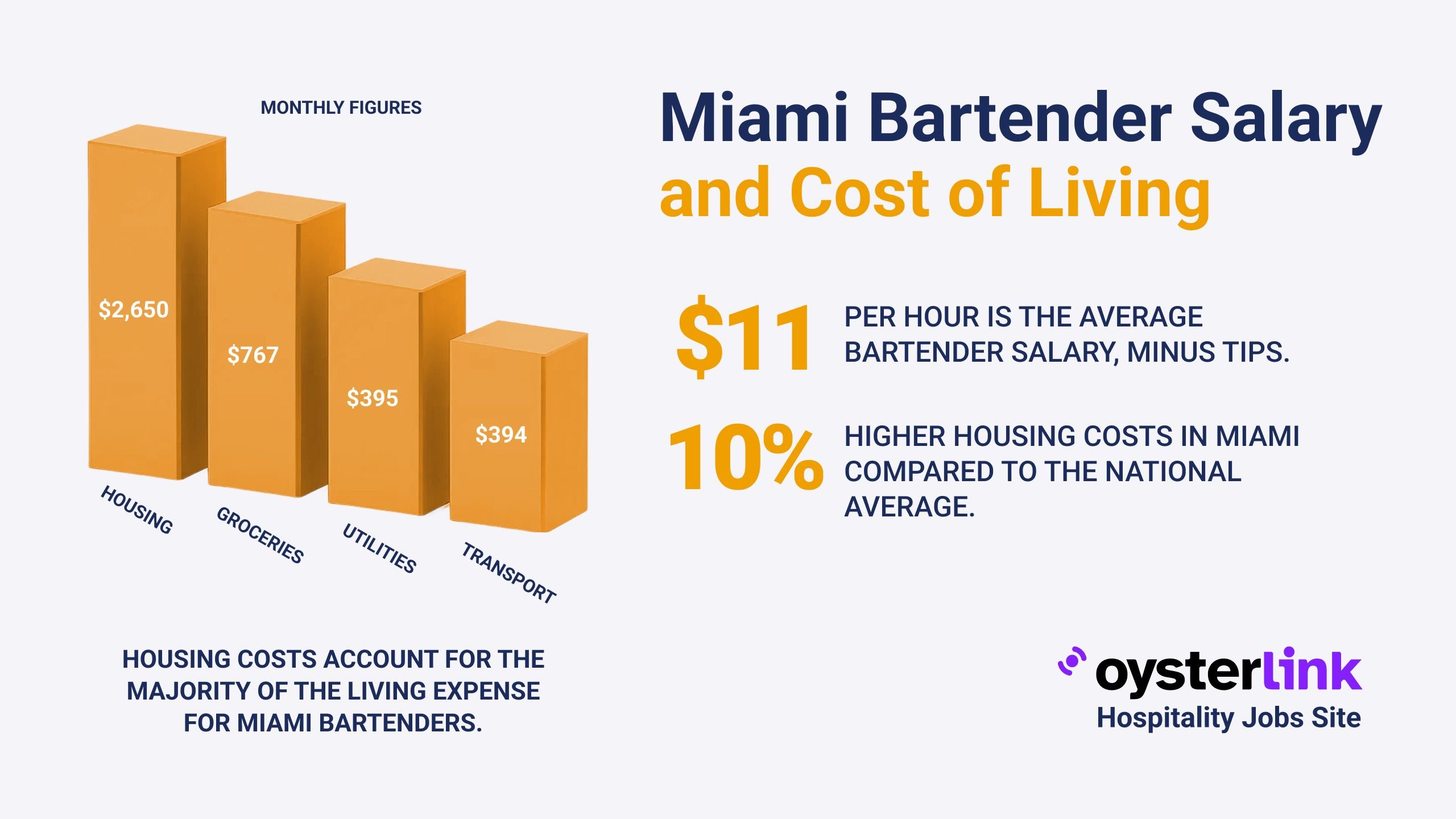Chicago Living Wage vs Cashier Salary: Key Takeaways
- Chicago's minimum wage rises to $16.60/hr for employers with 4+ employees on July 1, 2025, above Illinois's $15.00/hr starting January 1, 2025.
- The average cashier hourly wage in Chicago is $17.38, translating to about $36,150 annually, which is below the living wage threshold.
- The MIT Living Wage Calculator sets the basic living wage at $24.42/hr for a single adult and $40.83/hr for a single adult with one child in Cook County.
- The cost of living in Chicago is ~12.4% higher than the national average, with housing, food, and healthcare notably more expensive.
Exploring the wage gap between Chicago's average cashier salary and the city's living wage reveals challenges faced by workers. Understanding cost-of-living factors highlights the financial pressures cashiers endure.
Cashiers looking for advice can benefit from insights offered in cashier interview questions, which help prepare for job opportunities.
This article delves into how Chicago's minimum wage and average cashier pay compare to living wage standards, offering insight into bridging this gap.
1. Overview of Chicago Minimum Wage and Cashier Salaries
Chicago’s minimum wage for larger employers is scheduled to increase to $16.60 per hour by mid-2025, outpacing the Illinois state minimum wage increase to $15.00 per hour.
Employers looking for effective ways to hire suitable staff can explore how to hire a cashier, which provides tips for recruitment.
Meanwhile, the average cashier salary in Chicago stands at approximately $17.38 per hour, which provides a slightly better income than the minimum wage but still falls short of the cost of living demands.
Assuming full-time employment, this amounts to an annual income close to $36,150, indicating a modest wage level relative to urban living expenses.
2. Chicago Cost of Living and the Living Wage Gap
The cost of living in Chicago is around 12.4% higher than the U.S. average, which substantially affects day-to-day expenses for residents.
Understanding the cost of living in Chicago can help both employers and employees navigate wage discussions effectively.
More specifically, housing costs are approximately 12.3% above average, food expenses are 14.6% higher, and healthcare costs exceed the average by 21.8%. These factors contribute to elevated overall financial demands.
According to the MIT Living Wage Calculator, a single adult in Cook County (encompassing Chicago) requires roughly $24.42 per hour to cover basic needs such as housing, food, healthcare, and transportation.
For a single parent with one child, this hourly living wage spikes to about $40.83, highlighting the stark increase in financial pressure on families.
Living Wage vs Cashier Salary Disparity in Chicago
There’s a clear wage gap affecting cashiers in Chicago:
- A single adult's average cashier wage of $17.38 is approximately $7.04 less per hour than the $24.42 living wage requirement.
- Annually, this translates to a shortfall of roughly $14,630, which can pose substantial hardship.
- For a single parent with one child, the disparity grows, with the cashier wage falling short by nearly $23.45 per hour or about $48,776 annually.
3. Strategies for Bridging the Living Wage Gap for Chicago Cashiers
Bridging this gap requires both personal and institutional responses.
For employers seeking to improve retention and hiring, the strategies to reduce restaurant employee turnover may provide valuable approaches.
Individual Strategies
Cashiers and workers might consider:
- Seeking additional part-time work to supplement income.
- Exploring upskilling and training to qualify for higher-paying roles within retail or other industries.
- Accessing public assistance programs to help with housing, food, or healthcare.
Employer and Policy Initiatives
Employers and policymakers can support workers by:
- Offering wages above the minimum to better align pay with living costs.
- Providing benefits such as healthcare, paid leave, and child care assistance.
- Implementing career advancement programs to create pathways out of low-wage positions.
- Expanding awareness and compliance with living wage ordinances and minimum wage updates.
Such measures help reduce financial stress, improve quality of life, and enhance employee retention.
Employers interested in improving hiring practices can also find useful resources on restaurant staff hiring.
4. Importance of Recognizing the Cost of Living in Wage Determinations
The rising costs of essentials such as housing, food, and healthcare in Chicago present unique challenges that salary standards must address.
Wage policies that fail to consider the local cost of living risk leaving workers unable to meet their basic needs, leading to financial insecurity and increased reliance on social support systems.
Ensuring wages reflect real-world expenses can foster economic stability and reduce poverty, creating benefits beyond individual workers to the entire community.
Understanding the impacts of wage policies on restaurant employees can provide additional context for employers and policymakers alike.
5. Resources for Understanding Wages and Living Costs in Chicago
For more information about minimum wage and living wage policies, or to check local updates, consider the following official resources:
- City of Chicago Minimum Wage Information
- Cook County Living Wage Ordinance
- MIT Living Wage Calculator for Cook County, Illinois
Chicago Living Wage vs Cashier Salary: Conclusion
Despite increases to Chicago’s minimum wage and average cashier salaries, there remains a significant gap between these earnings and the cost of living.
The elevated expenses for housing, food, and healthcare in the city mean that many cashiers earn below what is considered a living wage to support themselves or their families.
Addressing this gap requires coordinated efforts by workers, employers, and policymakers to ensure wages reflect local economic realities and provide a stable standard of living.
Employers looking to enhance employee retention and satisfaction may also explore restaurant incentives for employees for effective retention ideas.

.png)

.png)
.jpg)